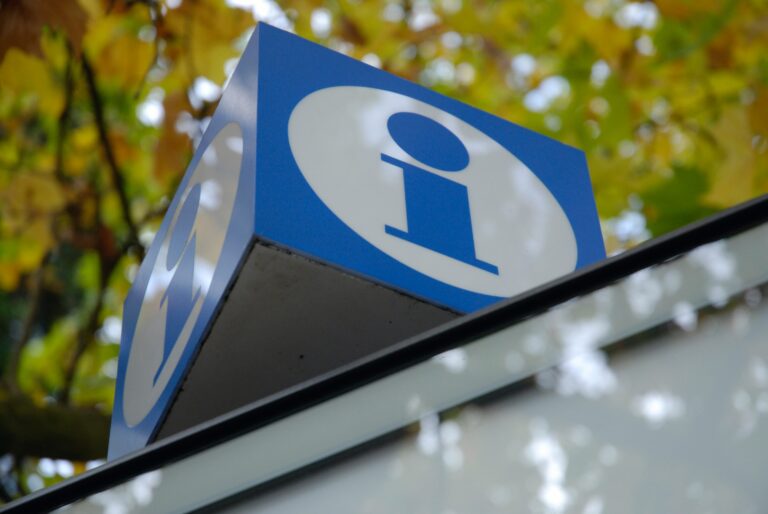Ever seen a pinball machine? It’s a game you play in which a little silver ball bounces around inside and you hit it off things to get points. About one-quarter of our students are applying to university or business school as a result of what we call “pinball goals.” The decision to get an MBA is not a good idea if it’s a pinball goal.
What are pinball goals?
Like a pinball in a machine, they have been bounced around by life and are now pursuing additional education because they were disappointed by something else. A common example is someone who didn’t get a promotion at work and has decided to quit his job and get an MBA. Sometimes students feel that their entire lives will change just by becoming a Canadian or Australian passport holder.
Get an MBA = the Most Common Pinball Goal
Getting an MBA because you were not promoted or seeking citizenship when you don’t want to live in a country are examples of pinball goals for several reasons. These goals are a result of something that happened to you and not necessarily a genuine desire for the goal. This course of action seems like a better option than the one you have now, even though you would have not chosen it if you had gotten what you wanted. Just like a pinball, you are letting life bounce you around rather than choosing for yourself and going after your real goals.
Pinball Goals Aren’t You
Pinball goals are not necessarily what you want to pursue in life. Getting an MBA, for example, takes a lot of hard work. During the application process, you have to study for and take the GMAT, ask your bosses for references, and search inside yourself to prepare complicated application essays.
Once admitted, you have to find money to attend (sometimes tens of thousands of dollars) and then do the work to finish the program. All of this takes lots of time and money. If you aren’t serious about the goal in the first place, you may not work as hard as you need to or may stop halfway.
We have worked with students that register for our Comprehensive Packages and prepare for and take the GMAT (which can be like having a part-time job for a couple of months) only to decide they don’t really want to get an MBA.
Don’t Waste Yourself on Pinball Goals
Don’t waste your time, energy, and money pursuing pinball goals. Decide what you really want in life and then go after it. If you’re truly committed, applying for university or business school will just seem like one step in a process rather than a scary task.









